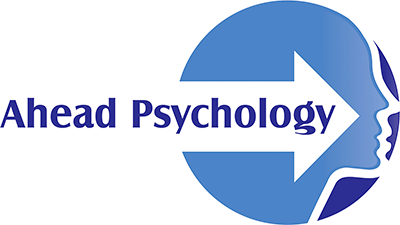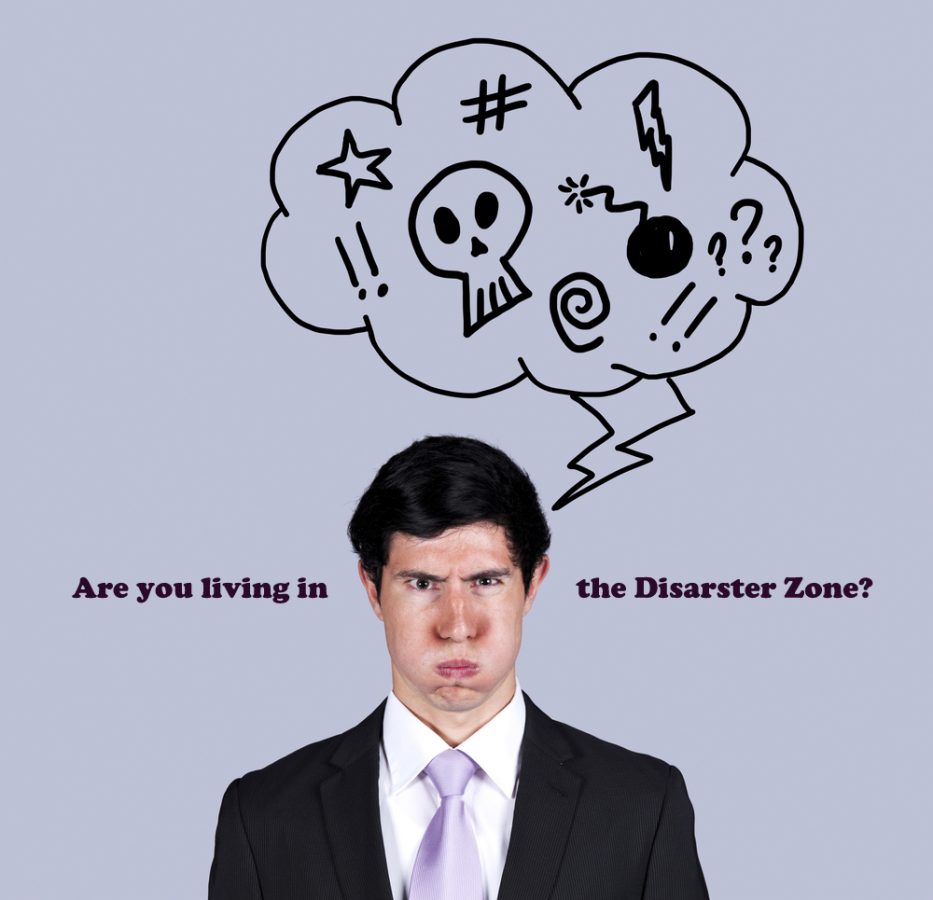For some people it can feel like each day is made up of one impending disaster after another.
They constantly expect things to go drastically wrong and are often making safety plans to deal with disasters that haven’t happened yet. It is a stressful and exhausting way to live and often leads to problems with anxiety and depression. Learn 3 simple strategies to help you manage catastrophising thoughts and break free from the disaster zone of your mind.
How do you end up in the disaster zone?
A key reason many people live in the disaster zone is because of the way they think about and predict future events. One pattern of thinking that causes this is called catastrophising. This means they that when you think about a situation or make an assessment of yourself or others you think about the worst case scenario and fully expect this to happen.
Examples of catastrophising thoughts include:
- Everybody will hate me and I’ll have no friends.
- I’m going to develop a life threatening illness and die sooner rather than later
- I’ll never achieve what I want to in life because I’m just so hopeless
- Everybody is out to get me so I’ll never succeed
When you do this repeatedly you start to lose the ability to see the difference between what is a true disaster and what is normal discomfort that we all experience in our day-to-day life.
The difference between disaster and discomfort
We are all faced with challenges that push us outside our comfort zone and sometimes make us feel upset, annoyed, frustrated, or even angry. Dealing with discomfort in your life is something you can’t escape. However when you always see events as a disaster your ability to cope well is reduced because you go into survival mode. This type of coping means that you choose safety above all else, even when the situation is not actually all that threatening. Your choices and decisions become limited and often ineffective in helping you to cope with the situation.
Stop catastrophising and get out of the disaster zone
If you want to live a full, rich and meaningful life you need to be able to tell the difference between discomfort and disaster. This means you need to be better at managing your catastrophising thought patterns so that you don’t mislead yourself into thinking that something is far worse than it really is.
Here are three simple strategies that can help you to do this:
- Thinking in threes: this involves identifying at least three other possible explanations that makes sense of the situation besides the disastrous predictions you are making. For example another reason your friend did not return your call might be because she is really busy with something else, not because she hates you.
- Reality check: ask yourself how much is this going to matter in one week, one month, or one year’s time? Often what seems like a big deal right now is something that will pass and won’t matter that much in your future life.
- Introduce the word BUT: when you have a catastrophising thought add the word BUT onto the end and continue with the thought. The word BUT introduces another point of view which is often the opposite to what you have been thinking and starts to help neutralise the catastrophising in thought.
Using simple strategies like these can help you to manage catastrophising thoughts and cope with the realities of life better. However if you’re still struggling, contact Ahead Psychology on (07) 3352 3577 or use our online Request a Booking form

